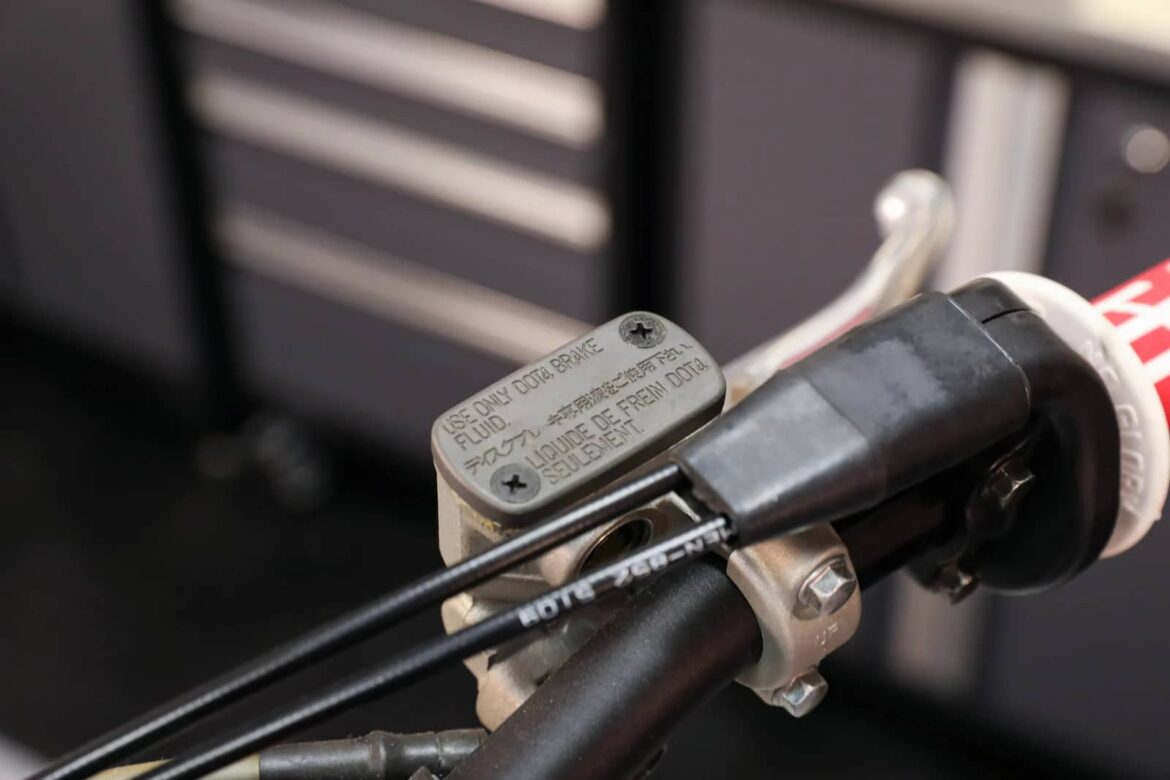1.2K
Changing the brake fluid on your motorcycle and then bleeding the brakes is an important step in the maintenance of your motorcycle
What you need to bear in mind when bleeding your motorcycle brakes
A motorcycle is one of the most dangerous means of transportation you can ride – and the brakes are the most important factor for your safety. Well-maintained brakes are therefore a must for riding enjoyment.
- Of course, it is best to have your motorcycle serviced by a specialist. This minimizes the risk of danger
- With a little skill, you can also do some things yourself, such as changing your brake fluid and bleeding the brakes. However, it is important to proceed carefully and not make any mistakes
- It should also be noted that you often need special tools or equipment for servicing ABS, servo or integral brakes, which only a specialist workshop has. As a layman, you should therefore only carry out maintenance on conventional brakes yourself
- It is also very important to use the correct brake fluid. This can be found in your logbook.
How to change your brake fluid and bleed the brakes
Once you’ve made your arrangements, you’re ready to get to work. In most cases, you will need a plastic tub, a transparent hose, various rags, silicone grease, ring wrenches and Phillips screwdrivers. Another person to help also makes the job a lot easier.
- First open the brake fluid reservoir, which is usually located on the handlebars. You will usually need a Phillips screwdriver to do this
- Then remove the old brake fluid using a disposable syringe. However, you must ensure that you do not empty the container completely, but leave a small layer at the bottom so that no air enters the brake hydraulics. As brake fluid is also corrosive, it should not get onto paintwork or sensitive parts.
- Then fill the reservoir with the appropriate new brake fluid. Now follows the actual bleeding process.
- First slide the ring wrench onto the bleed screw. This is followed by the hose for draining the brake fluid. The other end of the hose goes into the collection container, which should already contain brake fluid, so that you can insert the hose into the brake fluid until no air can get in.
- As you now have to briefly actuate the brake lever several times and then hold it down while you open the outlet valve, it is best if another person helps you.
- If no more brake fluid flows into the reservoir, close the valve again. Then repeat the last step (actuate brake lever, open valve, allow fluid to flow out, close valve) until only clear, new brake fluid flows out and there are no bubbles in it. Then fill the brake fluid reservoir up to the mark and close it again.
- The procedure for the rear brake is similar. Above all, it is very important that you take a test ride after both interventions and carefully check the braking performance. You should also carry out an emergency stop

